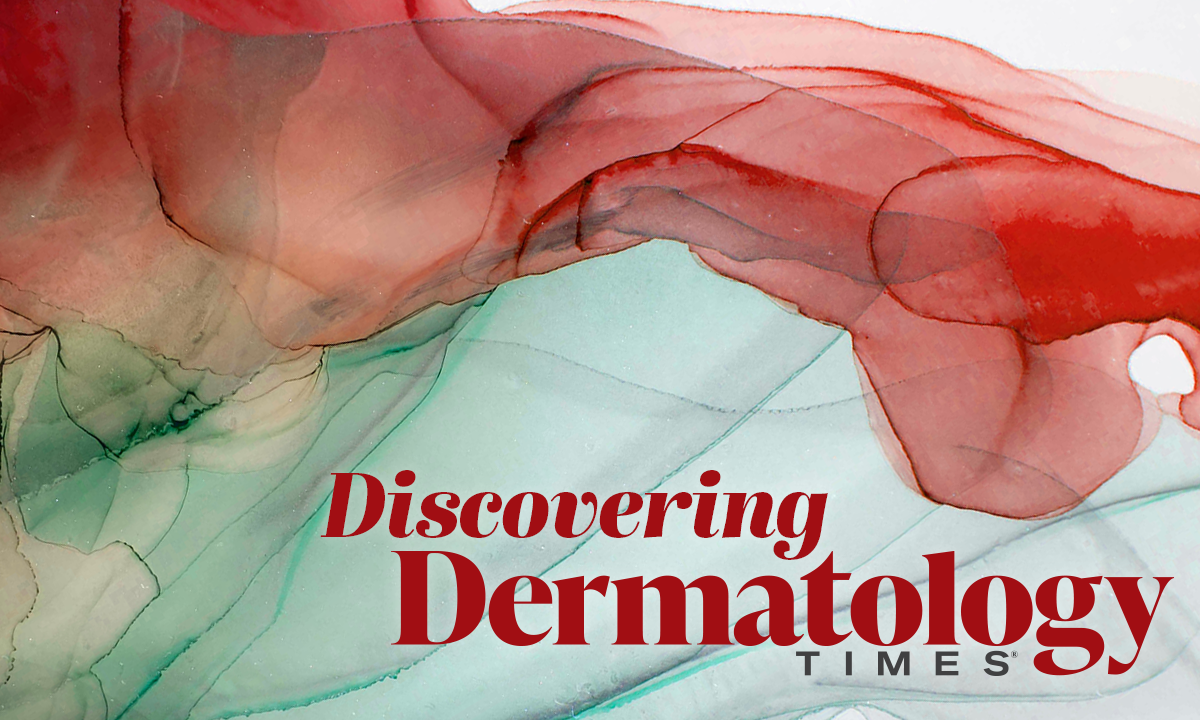- Case-Based Roundtable
- General Dermatology
- Eczema
- Chronic Hand Eczema
- Alopecia
- Aesthetics
- Vitiligo
- COVID-19
- Actinic Keratosis
- Precision Medicine and Biologics
- Rare Disease
- Wound Care
- Rosacea
- Psoriasis
- Psoriatic Arthritis
- Atopic Dermatitis
- Melasma
- NP and PA
- Skin Cancer
- Hidradenitis Suppurativa
- Drug Watch
- Pigmentary Disorders
- Acne
- Pediatric Dermatology
- Practice Management
- Prurigo Nodularis
- Buy-and-Bill
News
Article
Dermatology Times
Discovering Dermatology Times: January 2024 Topical Treatments for Vitiligo Supplement
Author(s):
Learn more about the in-depth topics covered in the January 2024 topical treatments for vitiligo supplement of Dermatology Times.

The January Case-Based Roundtable supplement of Dermatology Times includes a collection of thought-provoking discussions and case studies on topical therapy management strategies for patients with vitiligo from Benjamin Lockshin, MD, FAAD, in Washington, DC; Heather Woolery-Lloyd, MD, in Miami, Florida; Elizabeth Kiracofe, MD, FAAD, in Chicago, Illinois; James Song, MD, in Seattle, Washington; and Karan Lal, DO, FAAD, in Scottsdale, Arizona. Be sure to take a look at the highlights from the supplement below. Also, don’t miss a moment of Dermatology Times by signing up for our eNewsletters and subscribing to receive the free print issue and supplements each month.
Part 1
Case 1: Saving Face With Awareness
A 23-year-old Hispanic woman with Fitzpatrick skin type IV presented with vitiligo affecting 75% of her face, including complete depigmentation of the eyelids, chin, cheeks, and perioral skin. The condition had progressed over 2 years, and she had a history of moderate atopic dermatitis for the past 20 years.
The discussion among roundtable participants in Miami evaluated the challenges this patient faces, exploring potential treatments and addressing the emotional impact of vitiligo on the patient’s life. The patient is exploring treatment options due to concerns about the rapid progression and substantial change in her facial appearance. Questions arose about whether to bleach or repigment the affected areas and which type of labs to consider. Several clinicians expressed the value of laboratory tests to detect autoimmune diseases and thyroid antibodies.
Because this patient is young, she recognizes there is a societal awareness of vitiligo, citing the example of models like Winnie Harlow. Awareness may influence patients’ perceptions and acceptance of the condition.“ The new generation of children are very lucky that,[through]social media, [they are]able to see other…people who…they can relate to. We didn’t have social media growing up,” one participant said in the conversation with Woolery-Lloyd.
Despite increased awareness, participants agreed that healthcare professionals should discuss the impact of vitiligo on the patient’s quality of life, especially psychological aspects of depigmentation on visible areas such as the legs and face.
Participants discussing the case said they would use topicals such as mometasone furoate, tacrolimus, or ruxolitinib (Opzelura) for treatment, with a consistent follow-up schedule.
Part 2
Case 5: Alternative Therapies Due To Medicaid Restrictions
Lal presented a case involving a 51-year-old African American man with persistent depigmented patches, impacting his self-esteem. Despite considering topical ruxolitinib as the ideal treatment, Medicaid limitations categorized vitiligo as a cosmetic disease, hindering insurance coverage. The patient initially underwent alternative therapies, including topical steroids and tacrolimus, with minimal improvement.
“In our discussion, most patients [of colleagues] were using topical mometasone and topical hydrocortisone 2.5% both in ointment formulations as topical steroids of choice for starting their treatment regimen for vitiligo, and including topical tacrolimus as steroid sparing therapy, where people alternate topical tacrolimus along with topical steroids to reduce the side effects from topical steroids specifically clench acacias, skin thinning, atrophy, and stretch marks,” Lal explained.
Challenges in accessing phototherapy due to Medicaid restrictions were also discussed. After 3 months, the patient received topical ruxolitinib, resulting in focused improvements on cosmetically sensitive areas. The discussion emphasized the success of topical ruxolitinib, but acknowledged challenges in insurance approval for Medicaid recipients. Side effects, specifically folliculitis with topical ruxolitinib, were addressed, emphasizing management strategies without discontinuing therapy. The discussion concluded with insights into prior authorization processes and the use of specific pharmacies for medication access. Overall, the Scottsdale roundtable participants expressed success with combination therapies and emphasized the need for a holistic approach in vitiligo management.







